Studio Gang
Stone Stories: Civic Memory and Public Space in Memphis, Tennessee
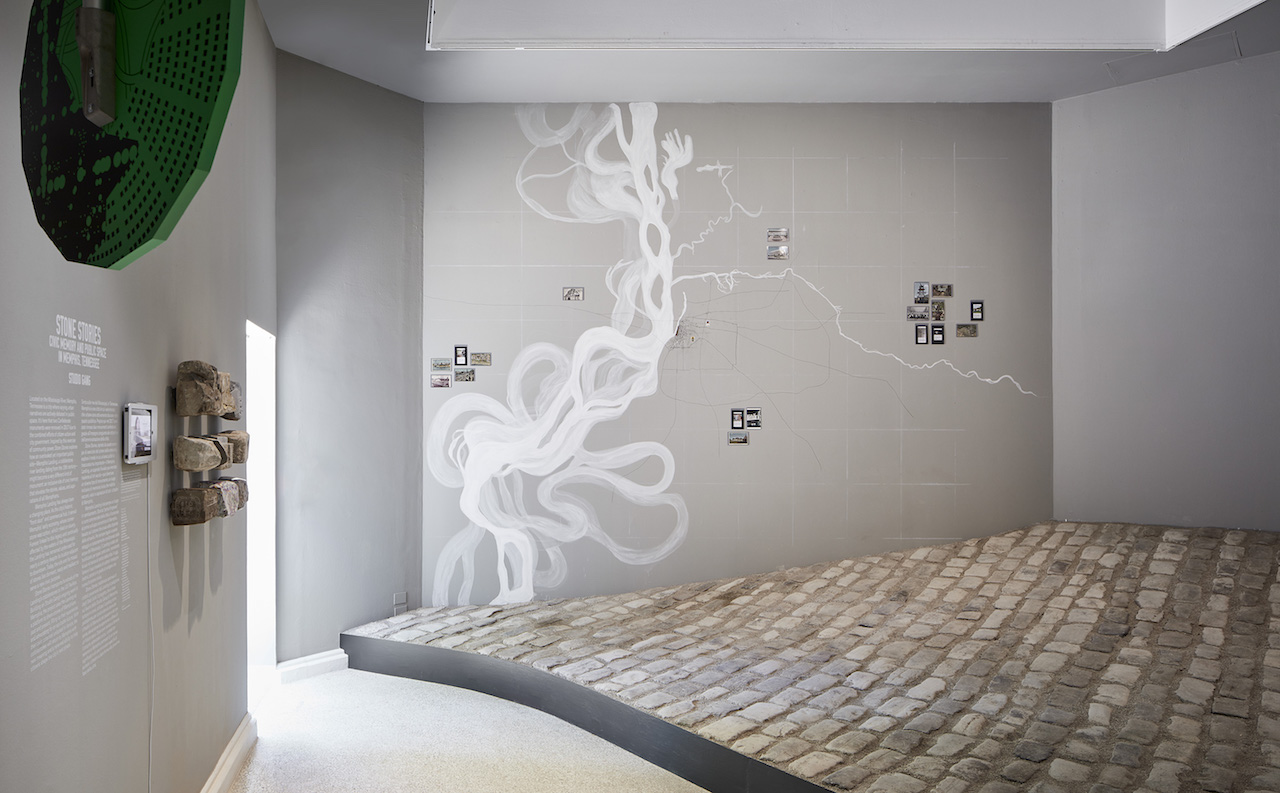
Stone Stories: Civic Memory and Public Space in Memphis, Tennessee. Photo © Tom Harris. Courtesy of the School of the Art Institute and the University of Chicago.
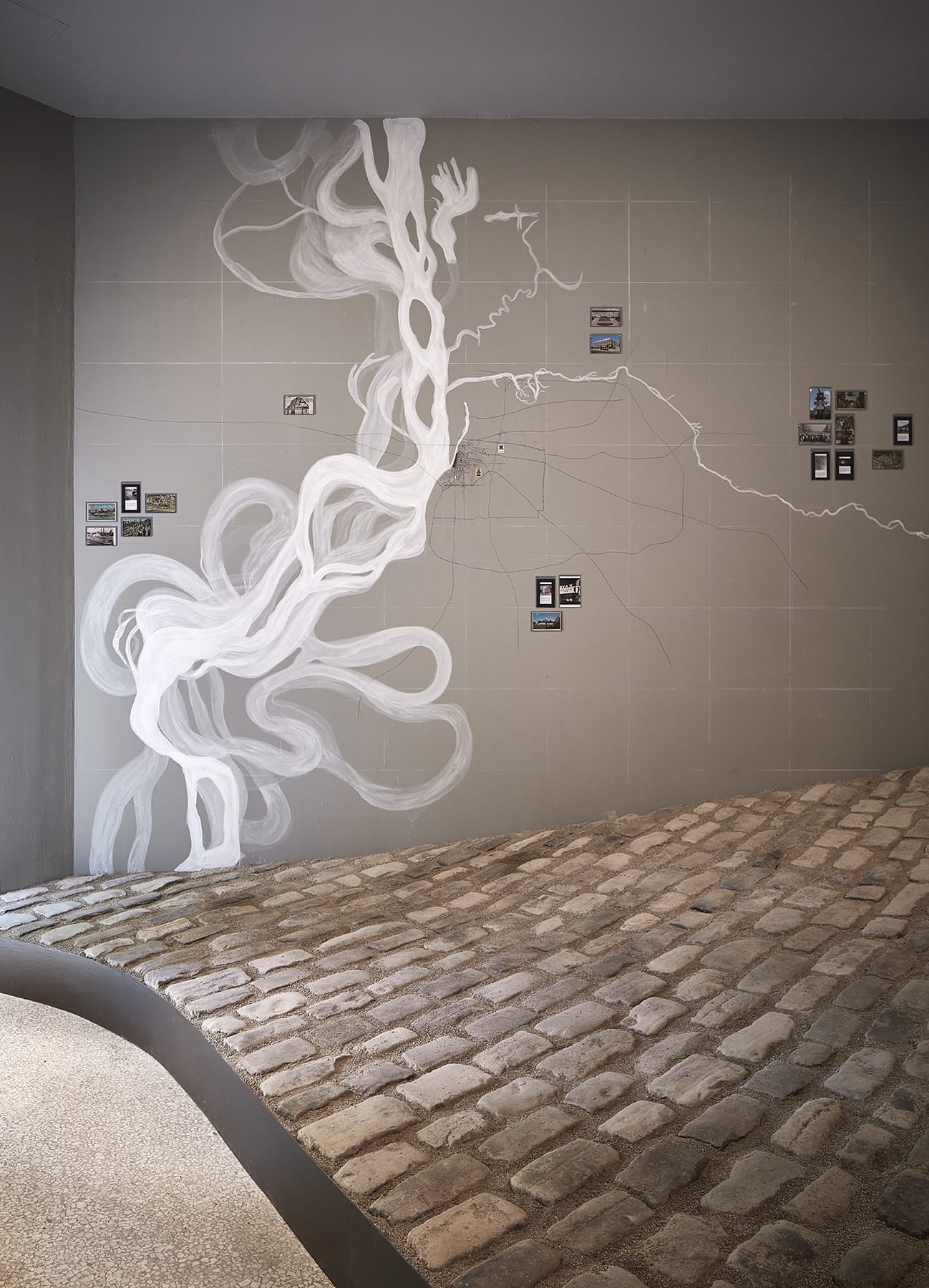
Stone Stories: Civic Memory and Public Space in Memphis, Tennessee. Photo © Tom Harris. Courtesy of the School of the Art Institute and the University of Chicago.
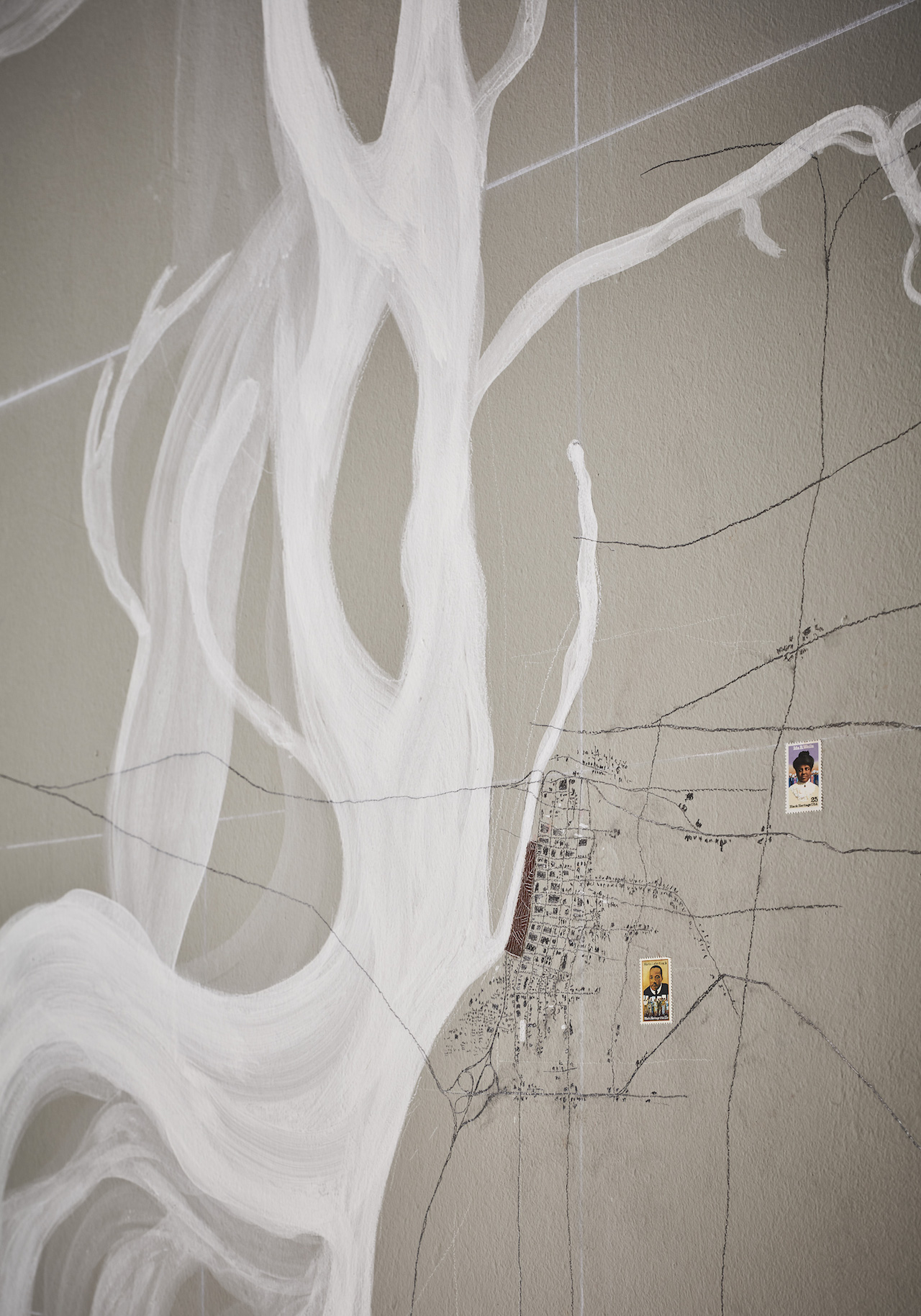
Stone Stories: Civic Memory and Public Space in Memphis, Tennessee. Photo © Tom Harris. Courtesy of the School of the Art Institute and the University of Chicago.
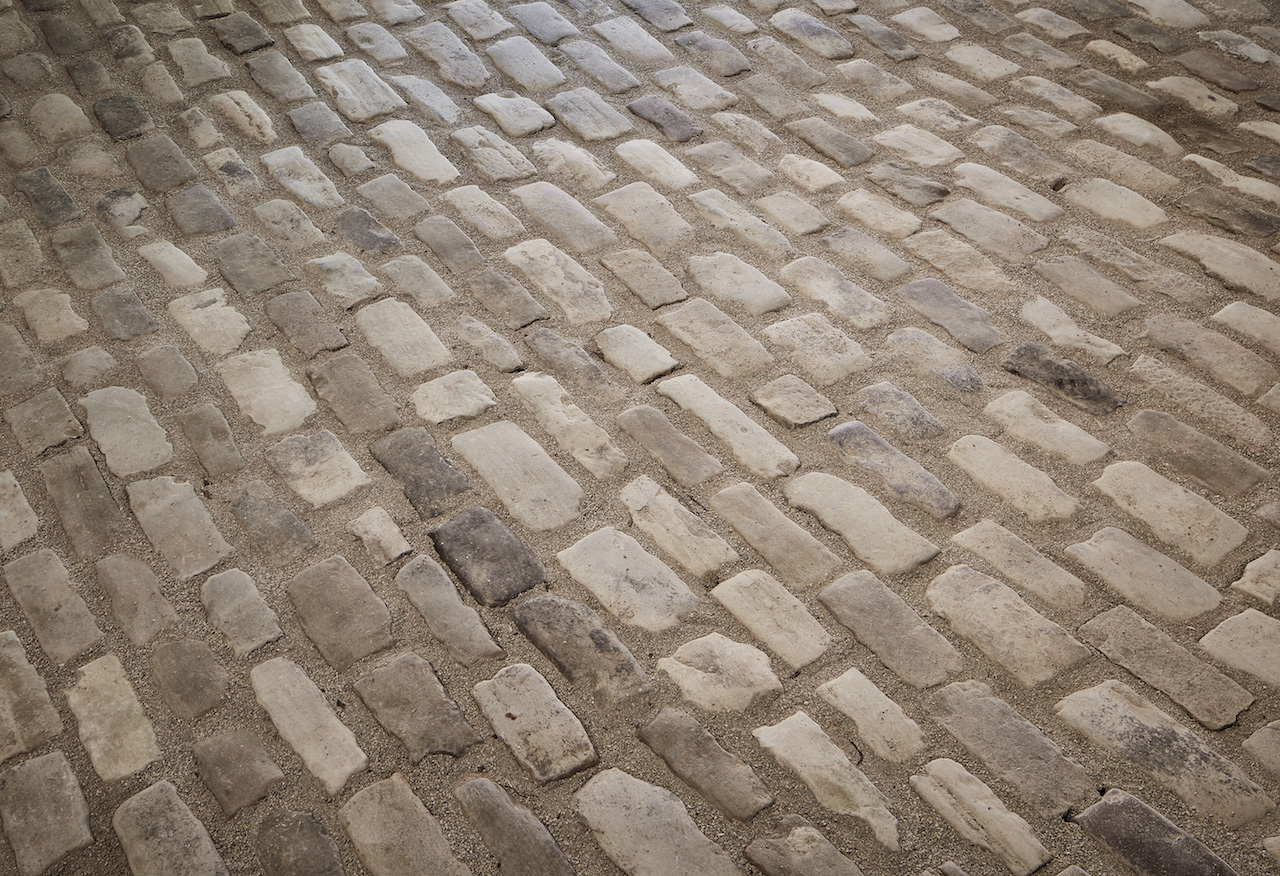
Stone Stories: Civic Memory and Public Space in Memphis, Tennessee. Photo © Tom Harris. Courtesy of the School of the Art Institute and the University of Chicago.
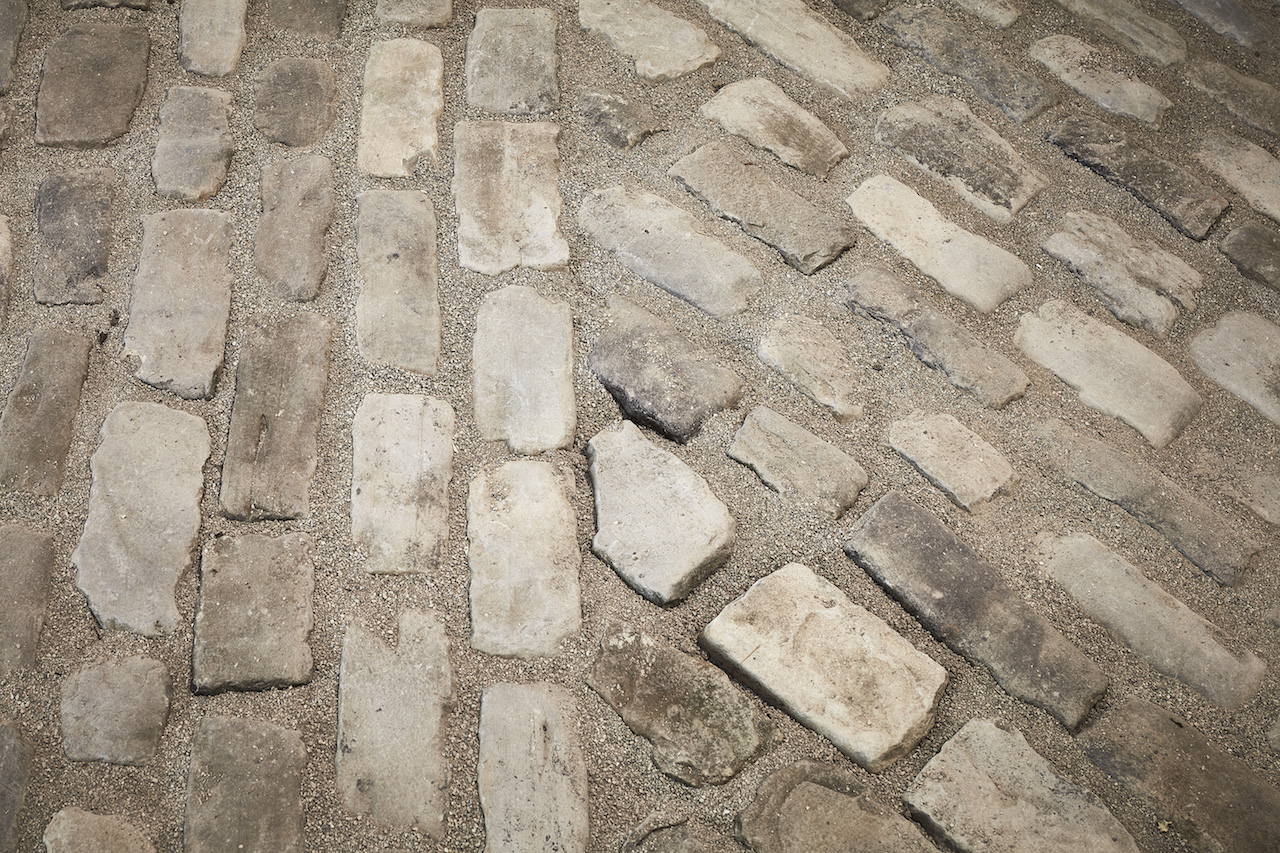
Stone Stories: Civic Memory and Public Space in Memphis, Tennessee. Photo © Tom Harris. Courtesy of the School of the Art Institute and the University of Chicago.

Stone Stories: Civic Memory and Public Space in Memphis, Tennessee. Photo © Tom Harris. Courtesy of the School of the Art Institute and the University of Chicago.
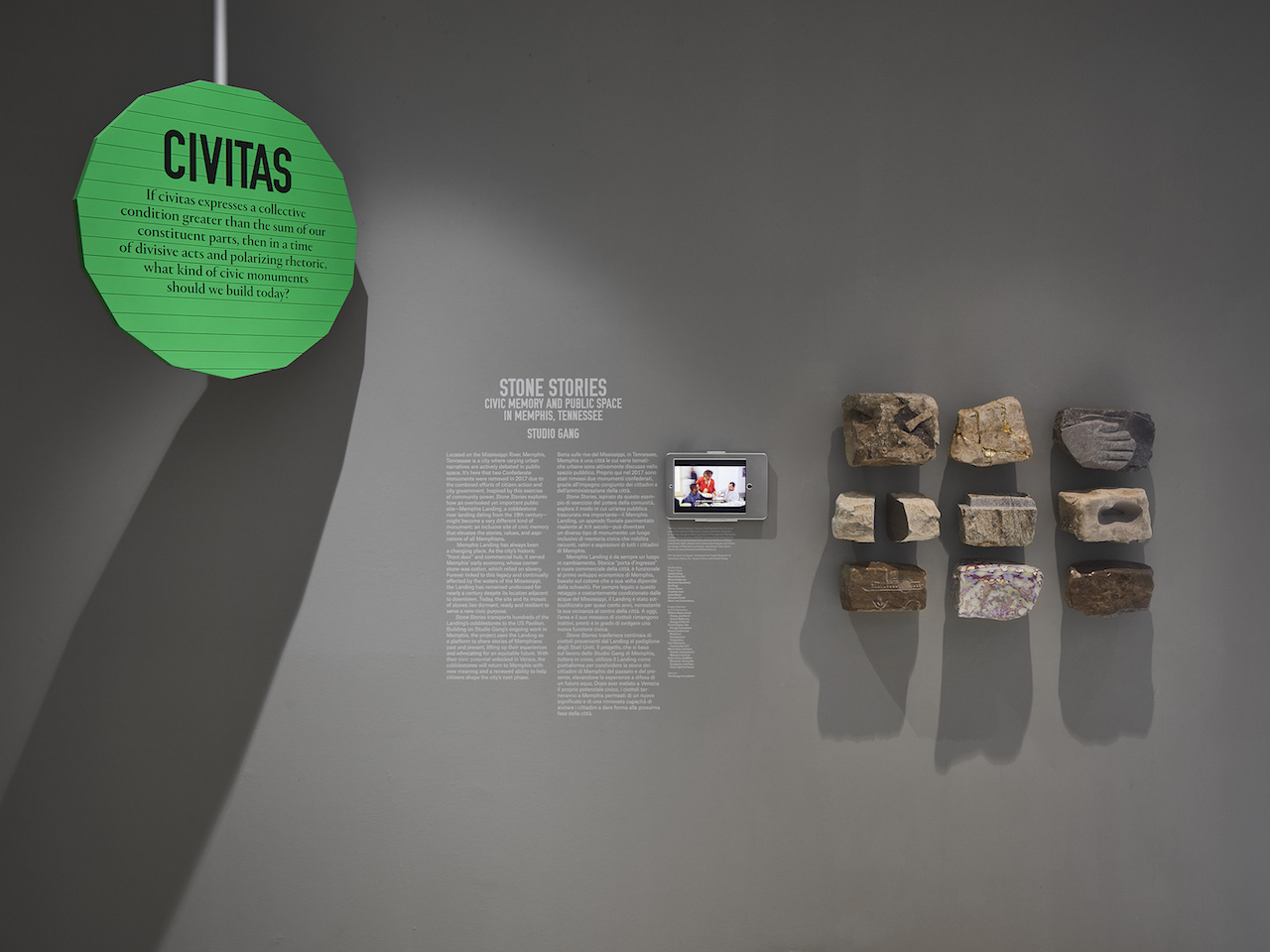
Stone Stories: Civic Memory and Public Space in Memphis, Tennessee. Photo © Tom Harris. Courtesy of the School of the Art Institute and the University of Chicago.
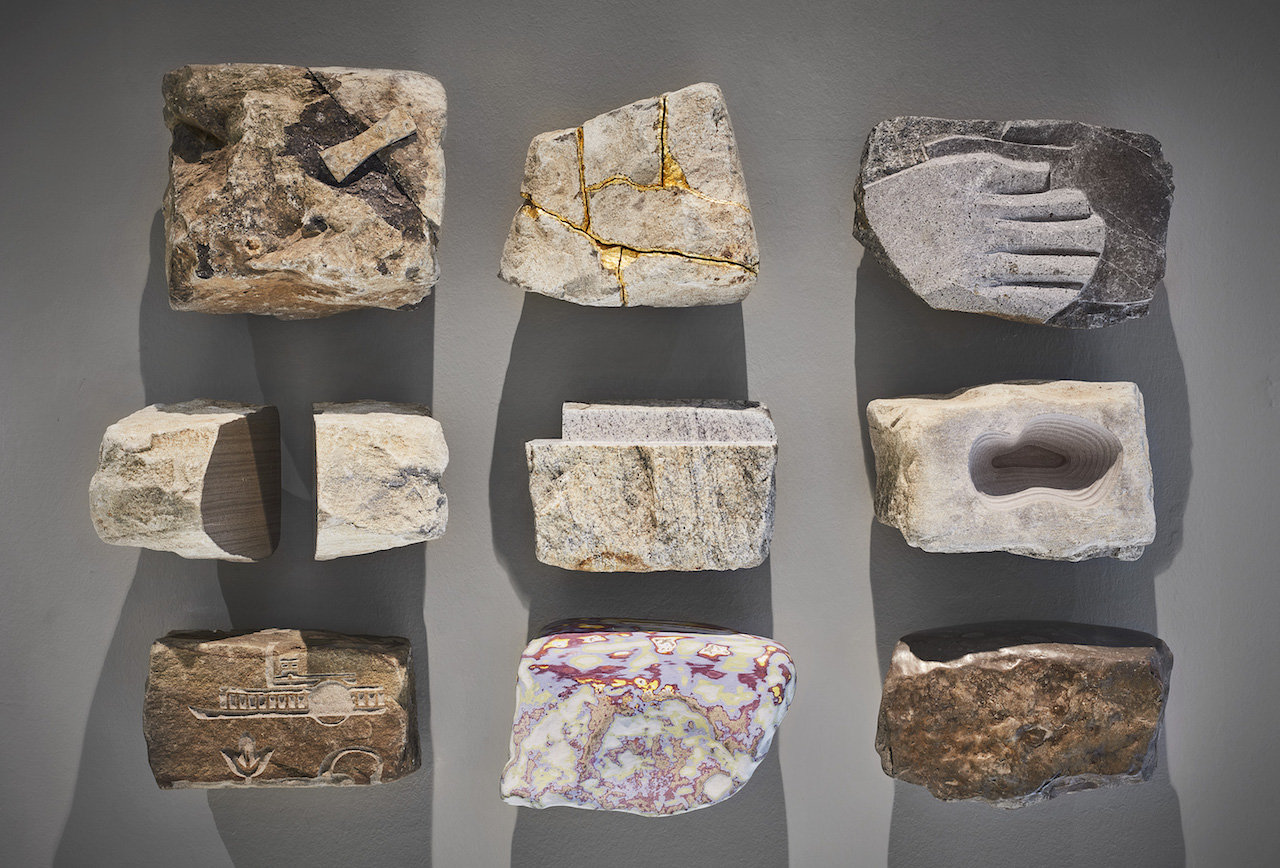
Stone Stories: Civic Memory and Public Space in Memphis, Tennessee. Photo © Tom Harris. Courtesy of the School of the Art Institute and the University of Chicago.
The city of Memphis, Tennessee, is a place where competing urban histories are actively debated in public space, sometimes pitching the past against the present.
It is here, along the banks of the Mississippi River, that citizens and city government organized to remove the city’s two Confederate monuments in December 2017. Both located in public parks, the statues came down due to the combined pressure of citizen action and creative legal maneuvers that surmounted bureaucratic hurdles placed by state authorities. This successful exercise of community power over public space now opens up the question: what sort of civic monuments might citizens desire today? Stone Stories explores how one overlooked yet important public site in Memphis—a cobblestone landing dating back to the nineteenth-century—might be refashioned into a place of inclusive civic memory that reflects and elevates the history, values, and aspirations of all Memphians.
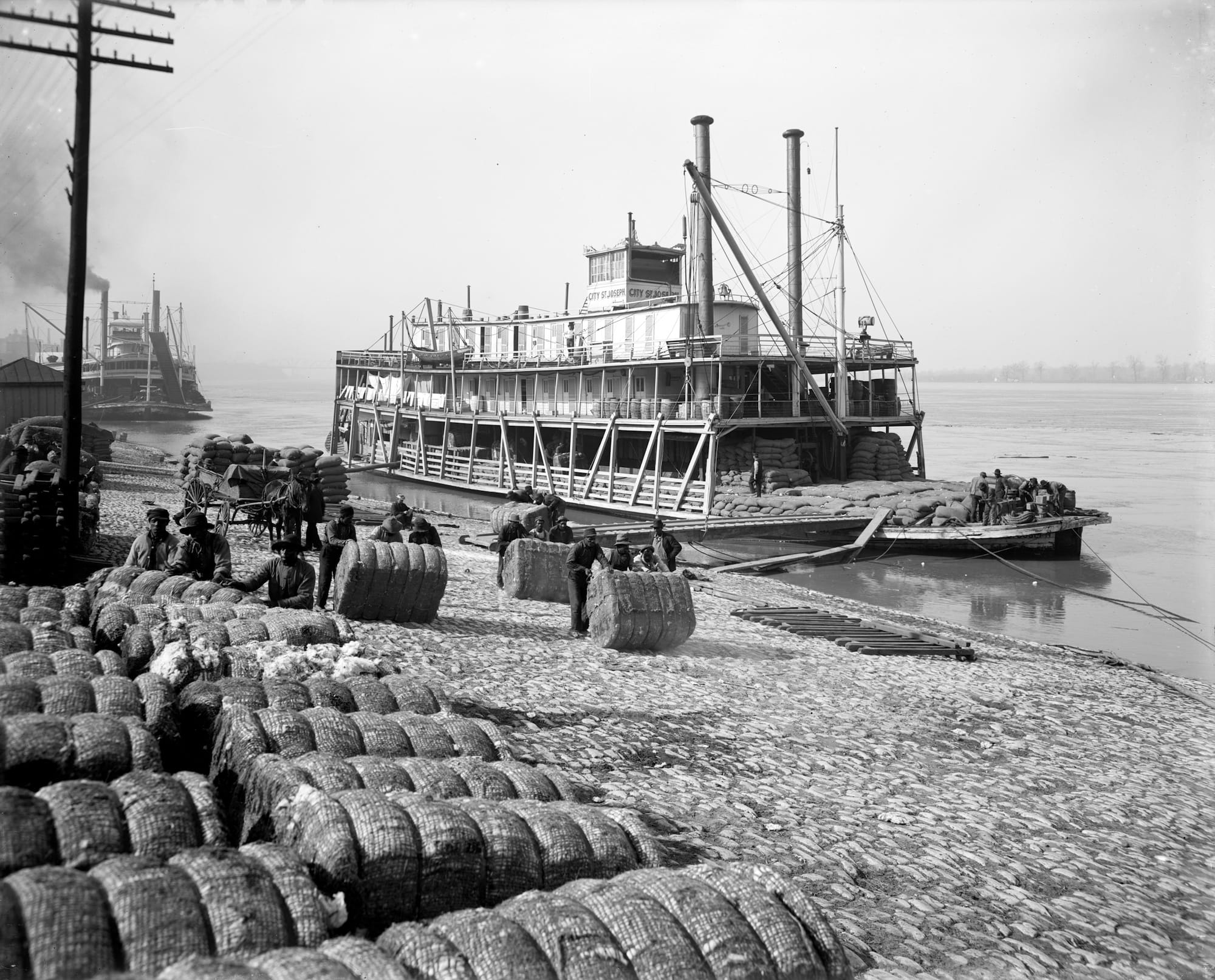
Originally completed in 1861, Memphis Landing was a critical piece of civic infrastructure. Accommodating the dramatic rise and fall of the Mississippi River, its simple paved slope was ideal for facilitating nineteenth-century commerce. Here workers are shown unloading cotton at the Landing, ca. 1900. Detroit Publishing Co., courtesy the Library of Congress
Memphis Landing is a cobblestone-paved landing along the Mississippi River. It served as the city’s main port from its construction in 1861 through the 1930s, until the growth of railroads, highways, and air freight rendered it largely obsolete. As the city’s historic “front door” and commercial hub, the Landing’s eight acres, which stretch 600 yards along the water’s edge, served Memphis’ early economy—whose cornerstone was cotton production and trade, which relied on slave labor. Forever linked to this legacy, the Landing has remained an underused site for nearly a century despite its location adjacent to the center of downtown. An architectural artifact of a former economy, use, and technology, the paved Landing is a vast heterogeneous mosaic of nine types of stone and is subject to the daily rise and fall of the river. For Stone Stories, hundreds of cobblestones from the Memphis riverbank were transported to Venice as part of a larger effort to open up a new chapter for this civic material and the citizens to whom it belongs.
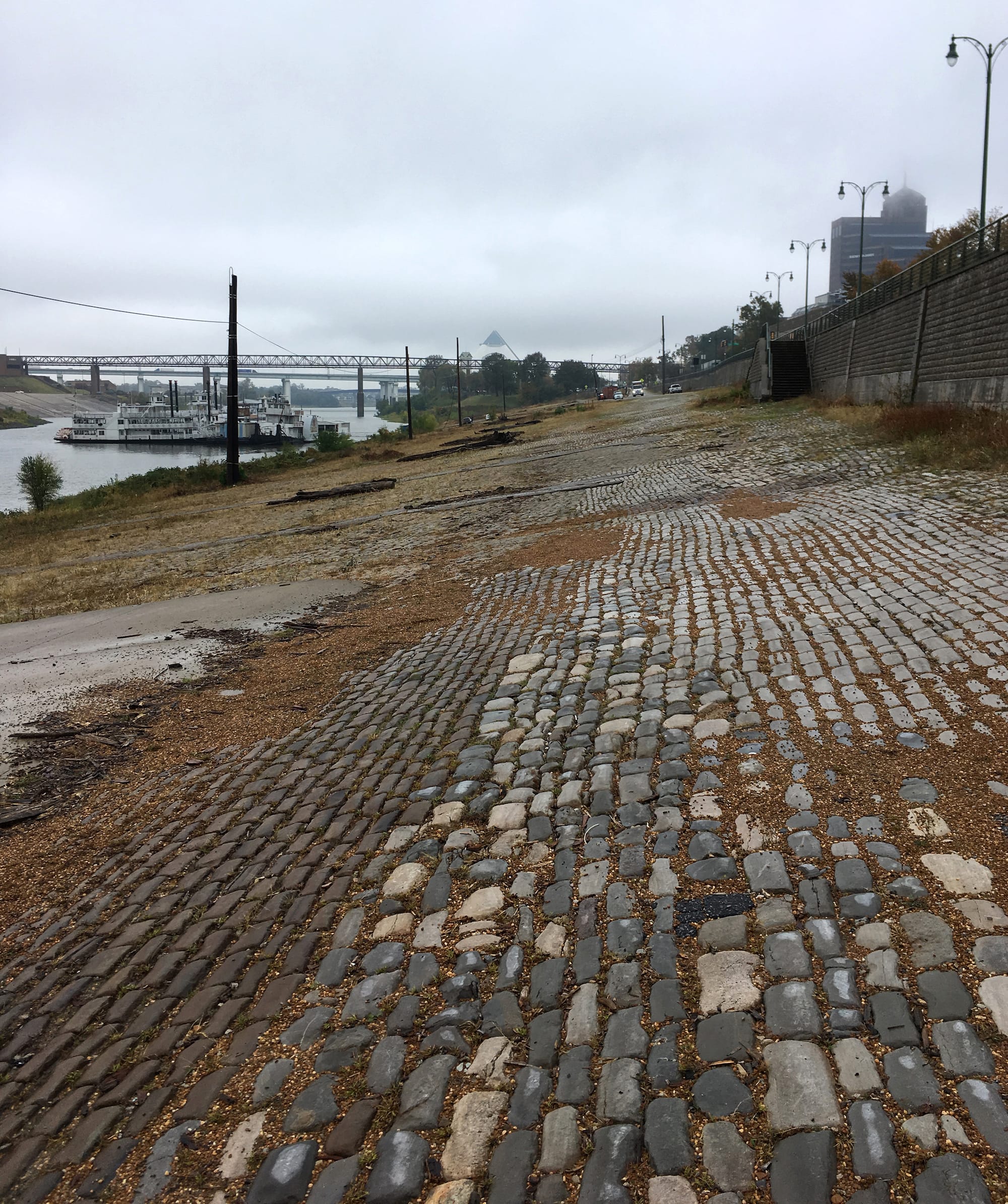
Memphis Landing in 2017 is a mosaic of nine different types of stone that speaks directly and indirectly to the city’s history. These physical qualities, as well as its central location and ambiguous cultural meaning, make it an important site of civic memory waiting to be revealed and shared. © Studio Gang
A once active waterfront space, the Landing and its complex history has long lay dormant, waiting to play a new role in civic life. Stone Stories builds on Studio Gang’s ongoing work in Memphis to uncover the many stories embedded in the Landing and to explore how design can help communities imagine a more meaningful future for their public realm. By addressing the latent opportunity in one overlooked civic site, the project demonstrates how citizens everywhere can claim a place in their city’s history and exercise citizenship through engaging the public spaces they own in common.

Studio Gang’s early proposal for Memphis Landing, developed for their Memphis Riverfront Concept (2017), imagined the site’s transformation beginning with a community tree planting event that would bring shade and softness to its hardscape. For Dimensions of Citizenship, the Studio is working in greater depth with Memphis residents to explore how the Landing can become a meaningful site of civic memory for all Memphians. © Studio Gang